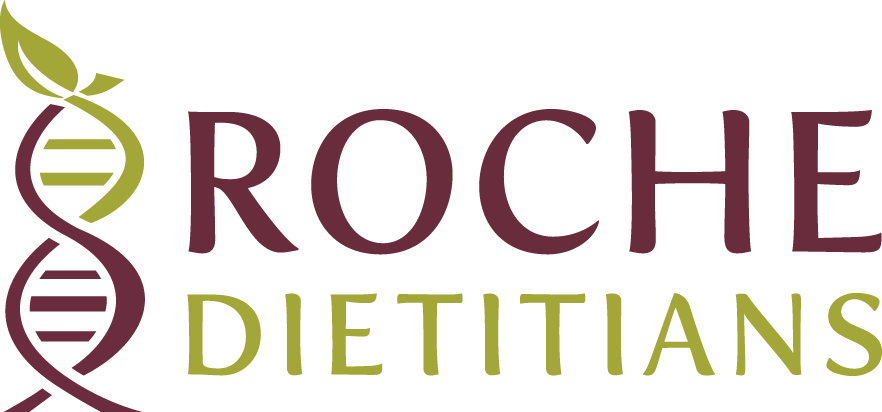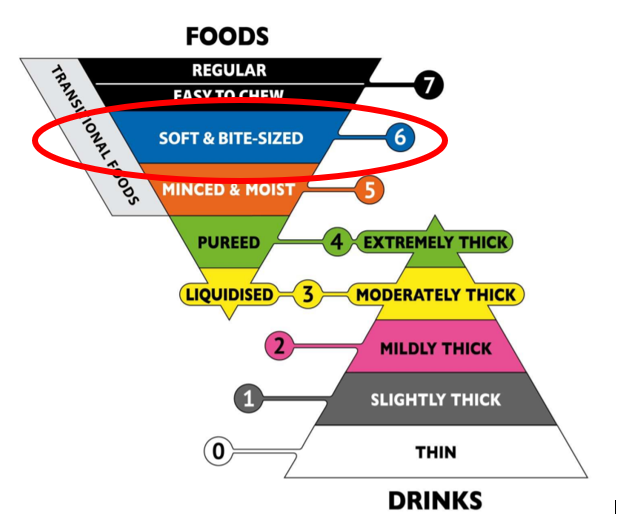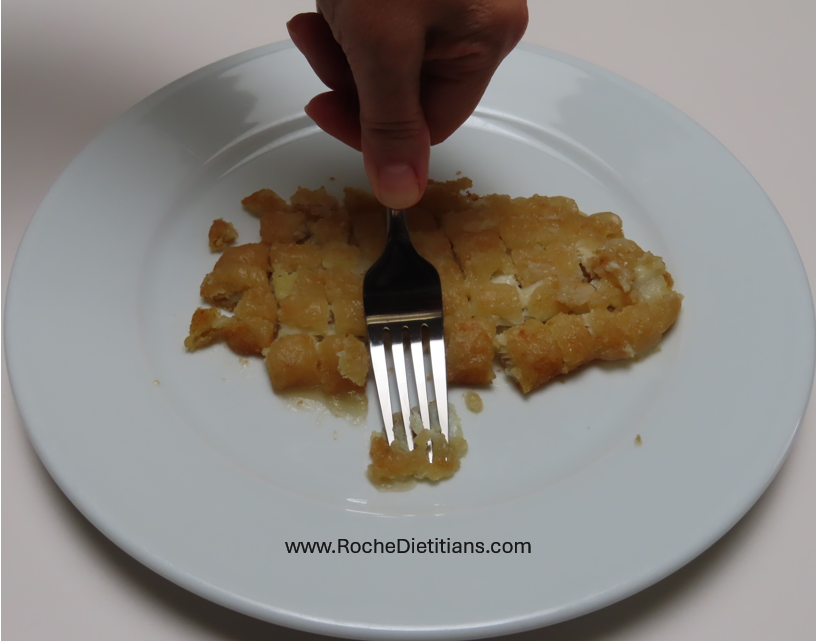Guide to IDDSI Soft & Bite-Sized (Level 6)
You’re likely already serving bite-sized pieces of food, but what really defines the word “bite-sized”? Without a standard definition, there is confusion, especially when receiving diet orders from other healthcare facilities. This puts individuals with dysphagia at a higher risk for choking.
The International Dysphagia Diet Standardization Initiative (IDDSI) Committee developed guidelines for serving texture-modified foods and thickened liquids to individuals with dysphagia around the world. (Yes, around the world!) The initiative challenges us to prioritize safety and prevent the risk of choking, giving us a solution to the outdated, ambiguous language like “soft”, “chopped”, and “nectar-thick” that vary between every facility.
In order to eliminate confusion and promote patient safety, the new IDDSI standards establish unified principles for all foodservice operations to follow:
Consistent diet terminology
Standardized definitions of the diet
Reliable testing methods
IDDSI Soft & Bite-Sized (Level 6) brings our attention to the size of food particles. With individuals that have trouble with biting larger pieces of food, having smaller, bite-sized pieces may be easier to chew and safer to swallow.
We understand that learning about IDDSI can be a complex for your current operations and we’ve found that having a deep understanding of IDDSI’s Levels is a good place to start. This post will walk you through the IDDSI Soft & Bite-Sized (Level 6) in detail including:
Who is this level for?
How is this level characterized?
How do we test foods to fit within this level?
READ MORE: Your Ultimate Guide to IDDSI
Let’s start with the basics.
The basics of IDDSI Soft & Bite-Sized (Level 6)
The IDDSI Framework consists of eight levels (Level 0-7) that describe food textures and drink thickness. In the graphic below, you can see where the IDDSI Soft & Bite-Sized (Level 6) is located within the IDDSI Framework. Each level has a unique name, color, and number in order to limit errors in prescribing, identifying, preparing, and assembling dysphagia diet orders.
This level is represented by the number 6 and the color blue. As with all other IDDSI food levels, it is shown within the downwards pointing triangle, while all IDDSI drink levels are represented with an upwards pointing triangle.
The abbreviation for the IDDSI Soft & Bite-Sized (Level 6) is SB6. Your foodservice operation might use the SB6 abbreviation in many places, such as diet order communications, tray/service tickets, and in dining menu software or electronic health records.
Want to learn more about each IDDSI Level? See our post on IDDSI Minced & Moist (Level 5)
Who IDDSI Soft & Bite-Sized (Level 6) is for
An individual who is served IDDSI Soft & Bite-Sized (Level 6) has limited ability to bite and chew food, so they will need small, soft, tender, and moist pieces of food to avoid choking.
Individuals needing IDDSI Soft & Bite-Sized (Level 6) have some chewing ability and have enough tongue force and control to safely move and hold a bolus of food in the mouth for chewing and swallowing. However, they have the following problems and/or limitations:
Cannot bite off pieces of food that are larger than “bite-sized”
Pain or fatigue on chewing
Can swallow safely if food is in soft, tender, chewable, bite-sized pieces
In order to safely prepare these foods, we have to understand what texture to expect.
Characteristics of IDDSI Soft & Bite-Sized (Level 6)
What does IDDSI Soft & Bite-Sized (Level 6) look and feel like? When preparing food for those we serve, we typically pay attention to the appearance, taste, and temperature of foods. IDDSI now introduces us to new and specific characteristics to look for like particle size, moisture, stickiness, and softness.
Thanks to IDDSI’s unified standards, IDDSI Soft & Bite-Sized (Level 6) foods will have the same characteristics no matter where in the world you are. These characteristics include:
Soft, tender, and moist throughout
Food pieces are bite-sized: 0.5 inch (15mm or 1.5cm) wide and 0.5 inch (15mm or 1.5cm) in length or less in size for adults. For children, ‘bite-sized’ pieces are half that size which is 0.25 inch (8mm).
No separate thin liquids (i.e., sauces/juices do not leak or drip from food)
Not sticky
Can be mashed or broken down with pressure from a fork or spoon
Can be eaten with a fork or spoon; a knife is not required to cut and eat the food
Requires chewing before swallowing food
Example: SB6
Breaded Fish (prepared with Moderately Thick, Level 3 sauce)
Testing methods for IDDSI Soft & Bite-Sized (Level 6)
Testing is a new concept that shifts the way we do things in the kitchen. We know it’s not easy to make changes and get everyone on board but testing is worth it because it’s all about safety.
The overall objective of testing is to make sure the bite-sized foods we prepare meet the characteristics for the IDDSI Soft & Bite-Sized (Level 6). This Level must meet the following criteria for:
Appearance: Should not have any separate thin liquid. Check the particle size of a food sample using the tines of a fork. As a reference, the length of all four tines is about 15mm (0.5 inch). For adults, bite-sized food pieces are 0.5 inch (15mm or 1.5cm) wide and 0.5 inch (15mm or 1.5cm) in length or less. For children, bite-sized pieces are less than 0.25 inch (8mm) wide and 0.25 inch (8mm) in length.
Fork or Spoon Pressure Test: Tests for softness and moisture using the side of the fork or spoon to see if it breaks apart easily when squashed. When pressed down with a fork/spoon, the food sample squashes and changes shape without returning to its original shape when the fork/spoon is removed. The pressure may turn the nail white.
Testing is done during preparation and again at the time of service. It should be done under the same conditions we intend to serve our food -- including consistent temperature. Recognize that temperature and holding time will affect the consistency of food.
Foods at this level must have 0.5 inch (15mm) particle size for adults and 0.25 inch (8mm) for children. This size is less likely to pass through the trachea without much difficulty. It is crucial that we are performing all tests properly prior to serving to prevent choking.
READ MORE: The five key components you need to train food service workers on IDDSI
Learning more about IDDSI Soft & Bite-Sized (Level 6)
IDDSI is an important tool in making sure that the food we serve is safe for individuals with chewing and swallowing problems. It’s vital that you and your team are well-versed in understanding IDDSI.
However, IDDSI can be complex to learn. That’s why we created the Roche Dietitians “We Test for Safety” IDDSI Training Program. This online, on-demand program will train your team on the IDDSI standards in a straightforward, easy-to-understand way. From an overview of IDDSI with our Introduction course to comprehensive courses on each IDDSI level, including the IDDSI Soft & Bite-Sized (Level 6), your team will learn everything they need to know about the IDDSI standards.
And the Roche Dietitians “We Test for Safety” IDDSI Training Program is not just about teaching your team about IDDSI — it empowers you to develop a culture of safety in your organization. Through this training, you will build a sustainable IDDSI culture where everyone knows their role in keeping your residents safe.









